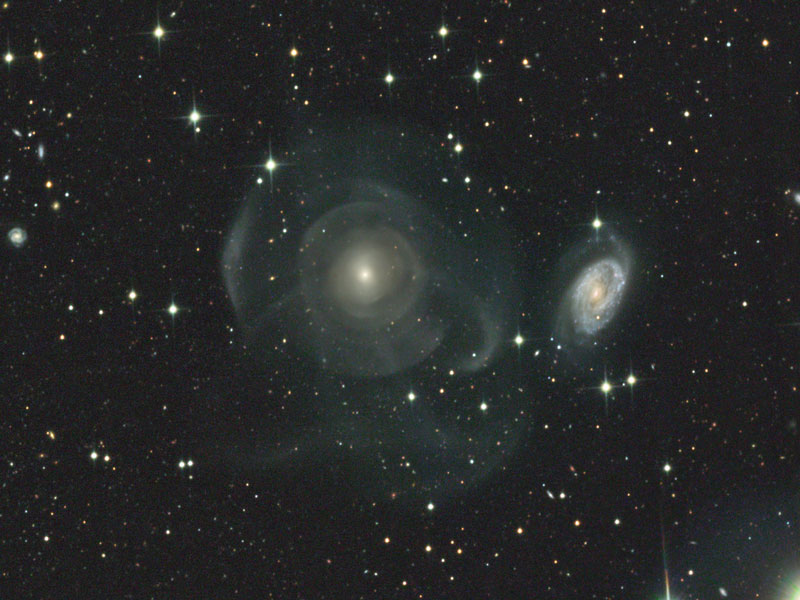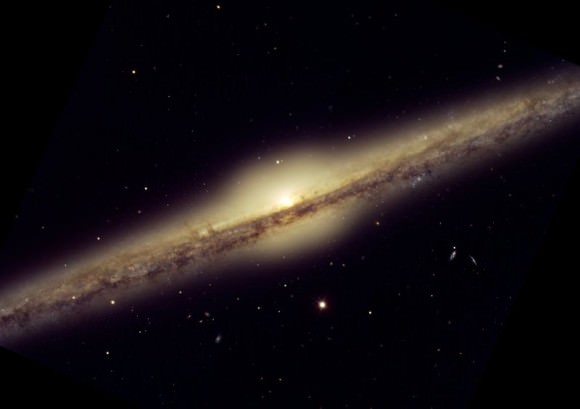http://en.wikipedia.org/wiki/Inverted_Jenny wrote:
The Inverted Jenny (also known as an Upside Down Jenny or Jenny Invert) is a United States postage stamp first issued on May 10, 1918 in which the image of the Curtiss JN-4 airplane in the center of the design was accidentally printed upside-down; it is probably the most famous error in American philately. Only one pane of 100 of the invert stamps was ever found, making this error one of the most prized in all philately. A block of four inverted Jennys was sold at auction in October 2005 for US $2.7 million and a single inverted Jenny was sold in November 2007 for US $977,500.
During the 1910s, the United States Post Office had made a number of experimental trials of carrying mail by air, and decided to inaugurate regular service on May 15, 1918, flying between Washington, D.C., Philadelphia, and New York City. The Post Office set a controversial rate of 24 cents for the service, much higher than the 3 cents for first-class mail of the time, and decided to issue a new stamp just for this rate, patriotically printed in red and blue, and depicting a Curtiss Jenny, the biplane chosen to shuttle the mail.
The job of designing and printing the new stamp was carried out in a great rush; engraving only began on May 4, and stamp printing on May 10 (a Friday), in sheets of 100 (contrary to the usual practice of printing 400 at a time and cutting into 100-stamp panes). Since the stamp was printed in two colors, each sheet had to be fed through the printing press twice, an error-prone process that had resulted in invert errors in stamps of 1869 and 1901, and at least three misprinted sheets were found during the production process and were destroyed. It is believed that only one misprinted sheet of 100 stamps got through unnoticed, and stamp collectors have spent the ensuing years trying to find them all.
Initial deliveries went to post offices on Monday, May 13. Aware of the potential for inverts, a number of collectors went to their local post offices to buy the new stamps and keep an eye out for errors. Collector W. T. Robey was one of those; he had written to a friend on May 10 mentioning that "it would pay to be on the lookout for inverts". On May 14, Robey went to the post office to buy the new stamps, and as he wrote later, when the clerk brought out a sheet of inverts, "my heart stood still". He paid for the sheet, and asked to see more, but the remainder of the sheets were normal. After a week that included visits from postal inspectors and the hiding of the sheet, Robey sold the sheet to noted Philadelphia dealer Eugene Klein for $15,000.
In The Simpsons fifth season's first episode, "Homer's Barbershop Quartet", Homer Simpson, along with finding an original copy of the U.S. Declaration of Independence, an Action Comics 1 and a Stradivarius violin, all of which he throws away not knowing their value, then comes across a full sheet of Inverted Jennys in the 5 cent box at a local swap meet. He also throws it away saying "Airplane's upside down!".>>
 The Large Cloud of Magellan
The Large Cloud of Magellan







